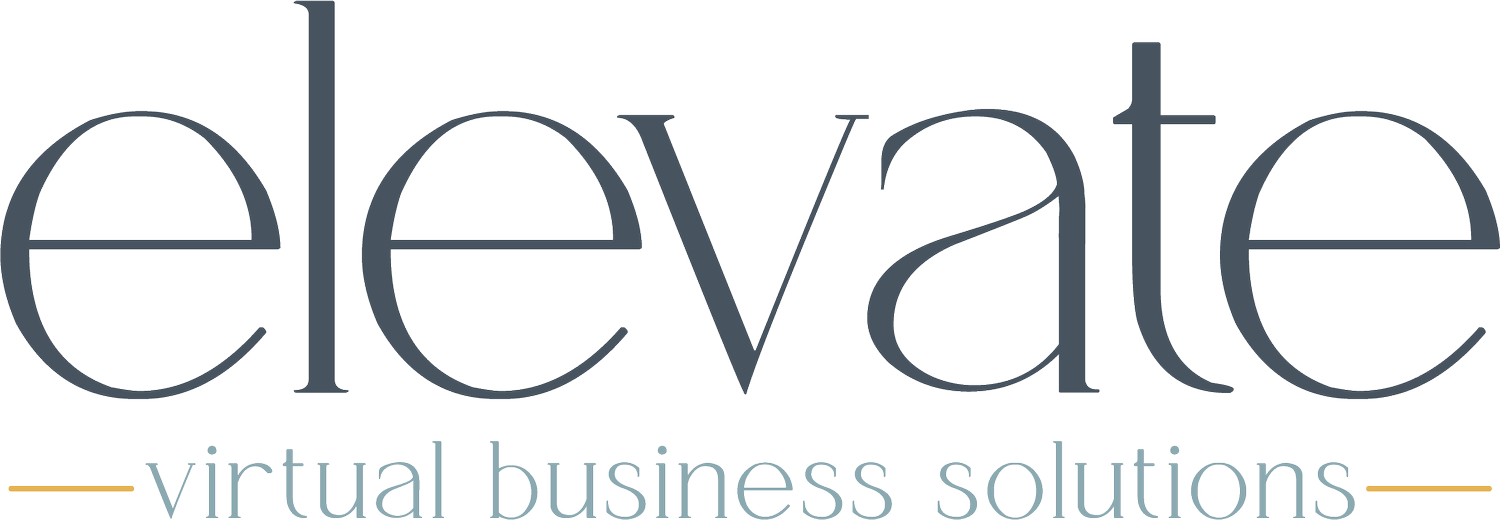The Importance of Communication as an Executive Assistant
Behind the scenes of any successful organization lies a dedicated executive assistant who acts as an indispensable cog in its operations. A master of many tools, executive assistants manage daily administrative tasks while leveraging strong communication skills. They promote efficient workflow and foster positive relationships with all involved in the business. What does it take for an executive assistant to excel? Why is effective conversation such a crucial cog in their success story? Let’s explore the responsibilities of an executive assistant and why a virtual executive assistant may be the next step for your business.
Understanding the Executive's Needs
As a busy executive, running a successful business requires prioritizing tasks, attending important (i.e. necessary) meetings, handling communication with clients and team members, and managing your day-to-day operations. This is where the role of your executive assistant (EA) as a gatekeeper becomes so important, as everything must flow through them. You need someone who can proactively identify your needs, ask the right questions, and actively listen to your responses. Sharing a platform like Todoist with your EA will give you a chance to manage tasks and other to-do list items in the cloud so you both stay on the same page.
Effective communication is crucial in this dynamic role. While the executive is always in control, allowing the EA to monitor and lead the flow of your day is how you can maintain harmony. Having an honest and supportive relationship with your EA will give you confidence that they are acting in your best interest while you focus on your C-Suite priorities.
Building Relationships with Colleagues and Clients
Building strong relationships with an executive leader is a given for any executive assistant. However, it's equally important to foster positive relationships with other team members and clients. By doing so, your EA can help create a more cohesive and productive work environment. This environment is created by understanding that busy executives may prefer regular check-ins via email, while team members may prefer quick messages through a collaboration tool like Slack. Clients, on the other hand, may prefer phone or video calls to discuss their needs.
By recognizing these differences, an EA can tailor their communication style to best fit each group's needs, allowing for clear and effective communication that satisfies everyone involved. With the executive, an EA may use a more direct and concise style, while with other team members, a more collaborative approach may be appropriate. With clients, it is important to be professional, polite, and engaging while maintaining a clear understanding of their needs and expectations. And a good EA can interchange these styles even when speaking with multiple stakeholders.
Managing Conflicts and Difficult Conversations
A crucial aspect of effective communication in difficult conversations is understanding and adapting. These conversations are often stressful and emotional; knowing how to communicate properly in someone's preferred style can make all the difference in the success of the conversation. The context, tone, pace, and complexity of the conversation should be taken into consideration when addressing a challenging topic to ensure that the message is clear and received in a constructive and positive manner.
When discussing a sensitive issue with an executive, approach the conversation with respect and a willingness to listen to their perspective. On the other hand, when communicating with a team member, it's crucial to establish a safe and trusting environment by making it clear that the conversation is intended to be positive and constructive. Before starting the conversation, share a general understanding of what needs to be discussed. This doesn't mean coming to the discussion with a set agenda, but rather having an open mind and an understanding of the outcome you hope to achieve. By doing this, you keep everyone focused on finding a solution rather than dwelling on the problem. This will create a more positive experience for all parties involved.
From managing schedules to drafting important documents, to providing administrative support, an executive assistant plays a critical role in the smooth functioning of a business. Their benefits cannot be overstated. However, hiring another employee can be expensive, and this is where a virtual executive assistant comes in.
A virtual executive assistant offers all the benefits of an in-person assistant but at a fraction of the cost. Their ability to adapt quickly to different communication styles while maintaining professionalism is unmatched.
With advancing technology, working remotely has become the norm, so a virtual executive assistant (VEA) can seamlessly fit into any organization. A VEA can provide all the benefits of an in-person assistant while being a more cost-effective option. By hiring a virtual EA, you can achieve your goals, grow your business, and become more successful in your increasingly competitive marketplace.
If you are ready to explore a virtual EA for your team, contact me today.
